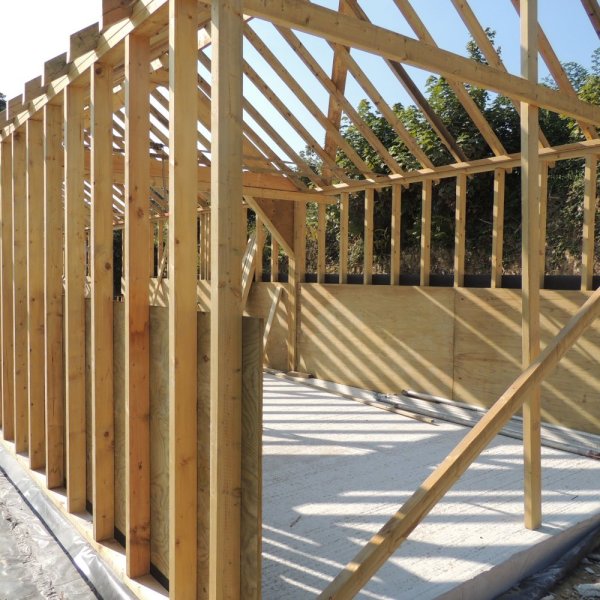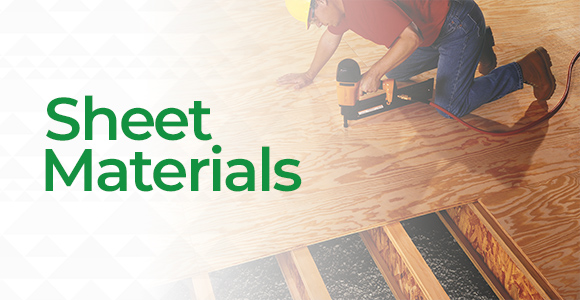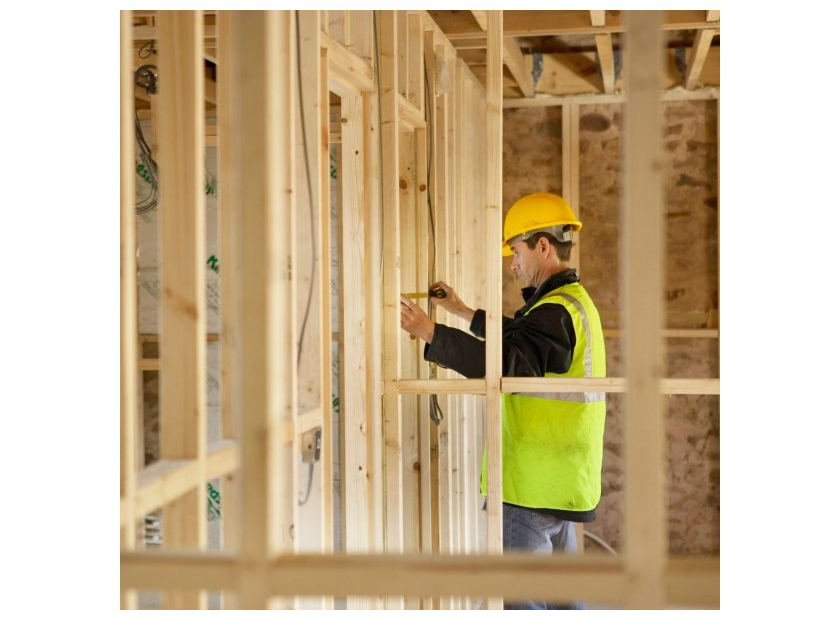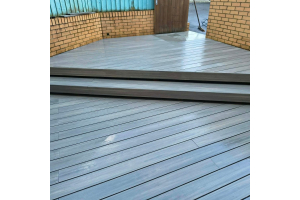Timber Sizes and Timber Preservatives
Construction Timber from Southern Timber
Ordering timber can be a little confusing - do you want KD (Kiln Dried); Grade C16 or C24 (timber strength grades); pressure treated (preservative) and what section sizes (2x2; 5X2; 6x2 etc)? Why not contact us - our knowledgeable staff are here to help.
Most of our product questions involve timber sizes and timber treatment. Another time we will look at timber grading and typical timber products. First up we have timber sizes.
Timber section sizes – 47mm x 150mm or 6 x 2?
We tend to discuss timber in both metric and imperial timber sizes without pause. This is generally OK when handling timber every day, but not so helpful if you don’t. Because we stock construction timbers from 2 x 2 (aka 47mm x 50mm) up to 9 x 2 (75mm x 225mm) combined with a variety of lengths means staff experience is important.
When customers place an order our staff might ask what is being built - this will guide them to what products we can offer. If placing an order online then there should be enough detail in the product text to determine what is what. A request for “roof battens” could mean 19 x 38mm; 25 x 38mm; 25mm x 50mm and 38mm x 50mm. If we can glean any other information – e.g. BS5534 graded battens are vividly coloured – then we are getting somewhere. 
We do keep stocks of 25mm and 38mm sawn timbers, mainly for cladding and fencing applications and therefore virtually none require grading. Just to keep us on our toes most 25mm sawn timber has a thickness of 22mm, and 38mm timber is approximately 35mm. One of our most popular timbers is the 38mm x 88mm fence rail – they are ungraded, but pressure treated for outdoor use.
Moving on to the 50mm timbers Kiln Dried and Regularised. Kiln drying makes the timber easier to machine and more stable afterwards. This makes the timbers easier to handle, having a smoother surface and more dimensionally accurate. However, because of the extra machining they do lose a few millimetres.
|
What sizes do stock timbers finish at?
Most orders for the timber trades will have a request for some structural timbers, a timber frame extension will usually have large quantities of 4x2 requested. It is easier to ask for 4x2 than 45mm x 95mm. This is a request of Imperial size timber, they could have asked for the nominal sizes – because they will still receive timber sizes 45mm x 95mm. It is difficult to explain, tricky to learn but far easier to supply!
Structures such as a new roof, or floor, will almost certainly involve 47mm x 200mm, 47mm x 225mx and maybe soe 47mm x 225mm
Cutting down to size
One thing to note – it is far easier to measure and work in millimetres (mm) than imperial inches, it is very difficult to measure width and thickness of any timber in equivalents 16ths. of an inch. Finally, before talking of timber preservatives we always try and use the same trusted Suppliers to maintain some continuity of supplied product. This way there is more chance of getting the same sizes of timber from week to week and year to year – 150mm Tanalised TGV is still being purchased from the same Supplier as more than 20 years ago.
Pressure treated timber and Tanalith
Most of our timber is pressure treated with Tanalith or similar timber preservative. The treatment industry is largely dominated by a handful of companies (Arxada, Osmose and Koppers) who sell timber preservatives to specialist timber mills. The pressure treatment at the mills involves a series of processes including vacuum treatment which increase the preservative’s penetration of timber for exterior use.
One factor common to all the timber processors is stressing the importance of all trades to perform timber cutting, machining, notching and boring tasks before preservative treatment. This isn’t always possible but due diligence means that any timber cross-cuts should be finished with an end-grain preservative. We stock Ronseal End-Grain Protector which helps restore some of the protection.
All of our 22mm and 38mm sawn exterior timbers are pressure treated with Tanalith or similar timber preservative. These timbers are intended for use above the ground level, any timber in ground contact should be Use Class 4. These UC4 timbers have received extra processing such as timber incising – the timbers are kiln-dried, incised and then pressure treated. The net result is a timber which is likely to have a 15 Year service life rather than lets say 7-10 year service life.













